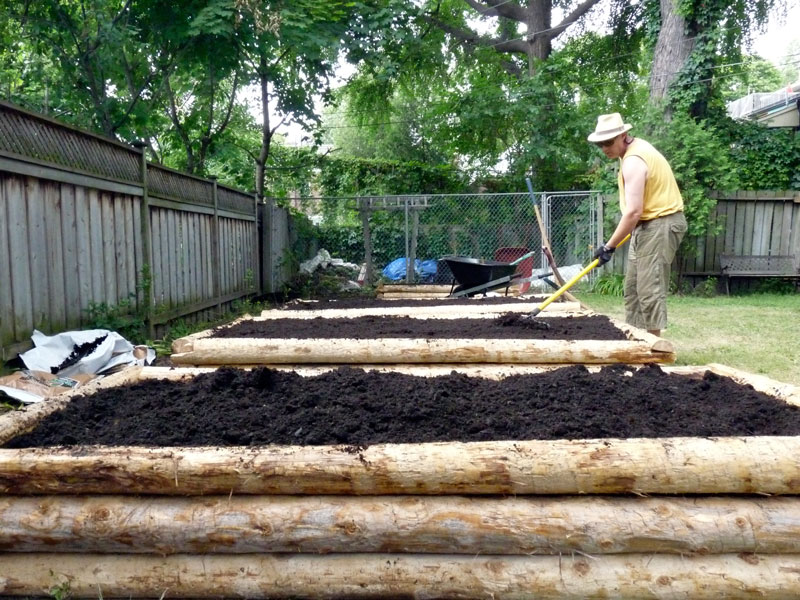Soil is Alive! Feed Your Hungry Soil
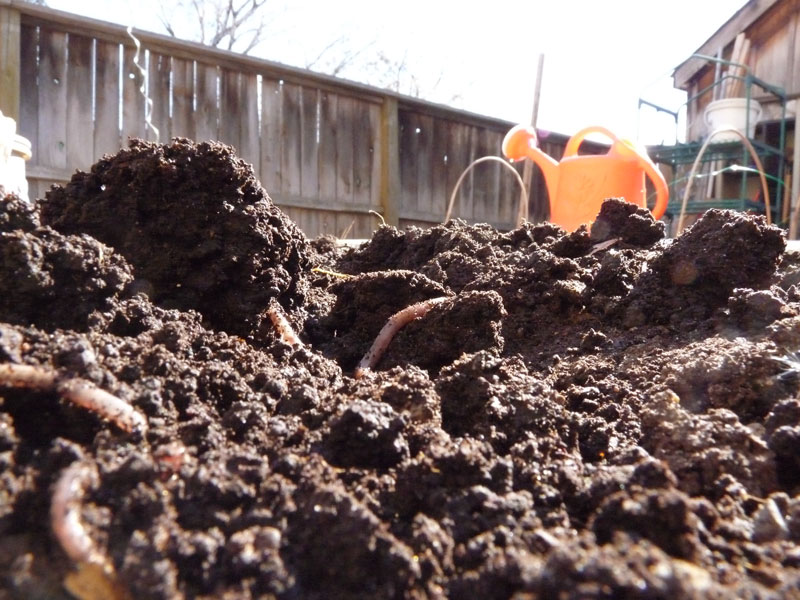
Soil is more than just dirt. It is complex community; an interdependent ecosystem of living organisms that relies on a variety of symbiotic, mutually beneficial relationships that occur between fungi, bacteria, insects, plants, and nematodes. Each individual plays an important role in maintaining the health of the community as a whole. And each organism has needs very similar to our own; they require food to eat, water to drink and air to breathe. By providing these organisms with the necessary sustenance, they in turn provide us with the sustenance that we need and so we too become an essential part of this complex ecosystem.
Not only do these soil dwelling communities serve us consumers, their interactions serve the soil through their continuous cycle of eating, excreting, multiplying, dying and decaying. These natural processes help to build organic matter, increase the nutrient holding capacity of the soil, minimize erosion, increase water retention, sequester carbon and so much more. There is still much to be learned about these fascinating relationships, but it is clear that soil health is so much more than the typical Nitrogen, Phosphorus and Calcium (NPK) considerations.
We at BUFCO constantly strive to create growing environments that foster these important relationships. We have developed a soil feeding program that starts in early spring and extends throughout the growing season. All products we use have been rigorously sourced, thoroughly tested and approved for organic growing. There are many ways to successfully create healthy gardens and landscapes across all budgets, and we would love to share with you some information about the products we have chosen to and why we stand behind them.
In early Spring most gardens are still sleeping, tucked away under a cozy blanket of straw, or covered in a lush green planting of winter rye or another cover crop. Our first step in spring is to remove a good deal of the straw, leave some and repurpose or compost the rest. Cover crops are “chopped and dropped” a process of cutting the rye at the roots and dropping rye grass cuttings onto the soil surface. Then we begin our seasonal soil feeding regimen.

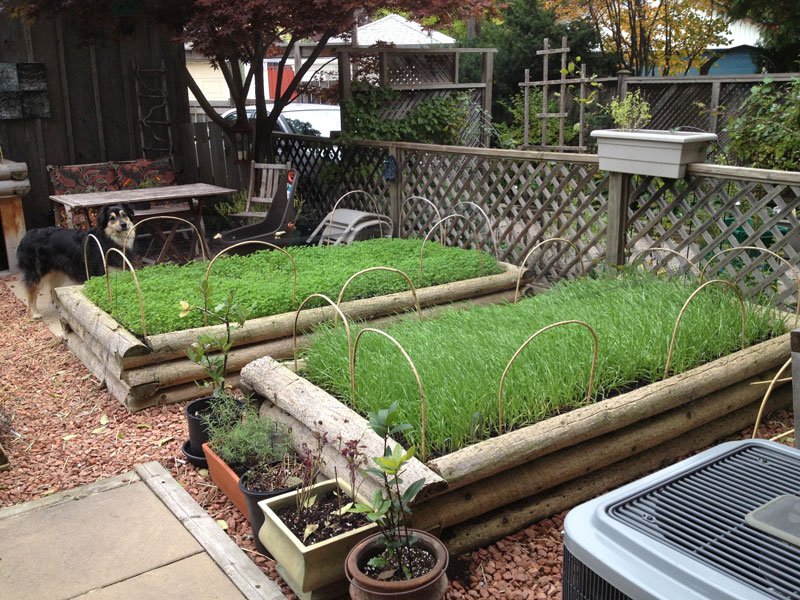
We like to follow what is known as the “No Till Method” of planting. We intentionally leave the roots of plants from the previous year in the ground with the exception of diseased plants and leave the soil undisturbed.
The first reason for this is to prevent the organisms that live and thrive farther down in the soil from being exposed to too much light and oxygen, which causes them to die off. It may seem that plants thrive in recently tilled soil, but it is because these dying organisms become an immediate food source for some of the other organisms and plants in the top layer of the soil. While this is fine in the short term, it will not provide the greatest stability and health for the system over time, and the input and intervention required to maintain the health of those plants, not to mention the soil itself, will be more significant and costly.
The second reason to leave the soil undisturbed is to preserve the fungal colonies that create networks in, around and between plant roots. They are beneficial, and arguably crucial, to soil health in a few ways. They help oxygenate the soil and retain water by creating aggregates- tiny clumps, which in turn allows for air pockets to form in the soil. The mycorrhizal fungi also mine nutrients that plants are unable to acquire or break down into digestible forms on their own.
When we incorporate cover crops such as clover, oats, peas, and rye into our soil, we ‘disk’ or chop it in and leave the dead plant matter on the soil to become food for the soil microbes, fungi, insects, and other microorganisms, which eventually will become food for the plants. Many of the gardens are mulched with organic straw and compost before winter, and upon our first visit in spring we leave a bit of the straw on the surface of the soil and top dress with a layer of vermicompost.
BUFCO’s Recommended Organic Soil Feeding Products
Below is an overview of the products we have carefully selected for our seasonal feeding protocol. There is product information available on the websites, and links to these pages are provided at the bottom of the page.
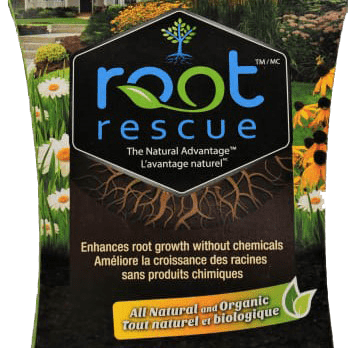

Root Rescue
This is a transplanter inoculant we use during our planting visits when new plants are transplanted into the garden bed. It is a water-soluble powder that contains 18 different beneficial mycorrhizal fungi. Mycorrhizae are symbiotic relationships that form between fungi and plants. The fungi colonize the root system of a host plant, providing increased water and nutrient absorption capabilities while the plant provides the fungi with carbohydrates formed from photosynthesis. Mycorrhizae also offer the host plant increased protection against certain pathogens.
The hyphae, or filaments, of the fungi also help to create structure within the soil. They help gather concentrations of materials and nutrients, and improve oxygenation, water retention and drainage in the process.
There are two classifications of mycorrhizal fungi: Ectomycorrhizal, which colonize the exterior of the root tissues of the plant, and Endomycorrhizal, which operate within the plant’s cells. The benefits these fungi offer the plants are numerous. They are heterotrophic, which means they must absorb their food. They easily absorb elements such as phosphorus and nitrogen, which are essential to life. Plants on the other hand are autotrophic, and so produce their food in the form of carbohydrates via photosynthesis.
When the fungi colonize the root systems of the plants, their presence significantly increases the surface area open to nutrient and water absorption, allowing the plants to access their nutritional requirements, made up of a number of essential compounds and elements. The plants’ excess carbohydrates that they produce through photosynthesis- the process of capturing the sun’s energy and converting it into usable energy in the form of carbohydrates- is given back to the fungi for use as energy.
Soil Activator
This is an organic transplant inoculant that we use in conjunction with Root Rescue. We add a teaspoon to a watering can and apply it in liquid form. It is an organic, non-GMO blend of beneficial microorganisms. Their presence helps boost crop yield, soil water retention, and the ability of plants to absorb essential nutrients. It has a guarantee of a minimum count of three main types of microbes.
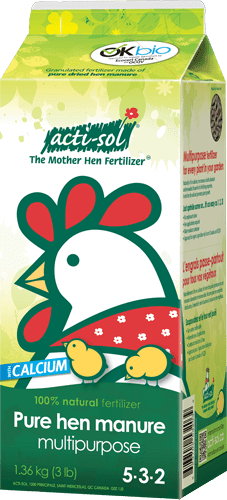
Acti-sol Hen Manure
This is a hen manure based multipurpose organic fertilizer which we apply in early spring, when preparing the beds for planting, and sometimes again in late summer or fall when we are preparing beds for fall harvest of greens. This product is especially rich in calcium, an essential nutrient for plant health. It is also a source of nitrogen, phosphorus and potash, with trace amounts of iron and magnesium. It is also high in organic matter, which helps feed the soil microbiology and in turn helps improve productivity and crop yield. We find this product especially helpful for getting beautiful lush growth on leafy greens. We recommend sprinkling about 1 cup per 4×4 garden bed. You can even be slightly more heavy-handed and see good results, as it releases nutrients slowly, and will not burn plants if over-applied.
PureLife Vermicompost
Vermicompost is essentially worm castings. This particular product is produced by Nightcrawlers, or earth worms. The main benefits are that it adds healthy microbial life, enzymes, and humus to the soil, and nutrients in easily digestible, water-soluble forms. Actively improving the microbiology in the soil has been shown to improve water retention and drainage, as well as improving plants abilities to absorb essential nutrients.
We top dress the soil with 1x 20L bag per 4×4 foot bed. We do this during our initial prep or planting visit, and again in the fall before we put the gardens to bed. It is not produced as a hot process compost like many others, and so retains more diversity of life within it.
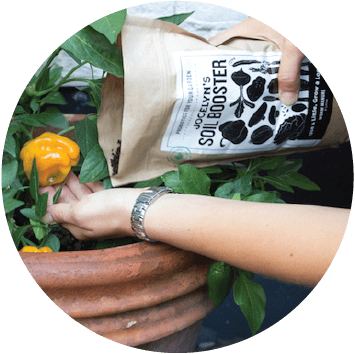
Jocelyn’s Soil Booster
This product is 100% worm manure, created when red wiggler worms eat compost and food scraps. Jocelyn’s Soil Booster is vermicompost that is more concentrated than conventional vermicompost Pure Life, because of the voracious appetite of red wiggler worms who eat nutrient dense foods like table scraps. The millions of microbes in Soil Booster immediately go to work rebuilding the natural structure of the soil and transforming minerals to nutrients. Bacteria and fungi combine with the plant’s organic matter to create humus which can store carbon for thousands of years!
At the beginning of the season when preparing the soil, we use Jocelyn’s Soil Booster sprinkled onto the soil surface to jump-start soil health by inoculating microbial activity into the surrounding soil. In this way, it is applied at a rate of 1 cup sprinkled on 1 4’x8’ bed. Later into the spring, we add Jocelyn’s Soil Booster directly into the planting hole for fruiting plants, such as tomatoes, eggplant, cucumbers, and peppers, at a rate of ½ cup per plant. This way, fruiting plants benefit from increased nutrients that they need to support higher production of flowers and thus greater vegetable yields.
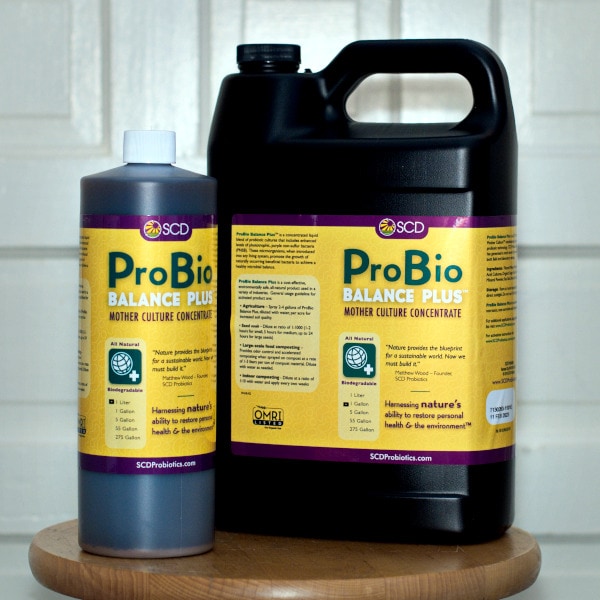
Effective Micro-organisms
Think of this product as probiotics for plants and soil. Effective Microorganisms is a liquid mixture of beneficial microorganisms that are known to improve the health of soil and plants. There are a number of benefits to incorporating Effective Microorganisms (EM) into your plant feeding regimen. These organisms help with seed germination and plant health, plant nutrient uptake, the composting process, and even the breakdown of sewage sludge!
We use a concentrated “mother culture” to brew batches throughout the season. We then water the soil with a dilution of EM every two weeks or so. The great thing about having the EM mother culture is you can greatly increase the benefits of the tea and how far it will stretch by multiplying the microorganisms contained within a relatively small amount of the mother culture. The Gardener’s Pantry website recommends applying EM between every week and month. We tend to aim for every two weeks, but it varies depending on the frequency of our maintenance visits in the gardens. If you are interested in brewing your own EM tea, there is more information available on the Organic Gardener’s Pantry.
Sea Crop
This product is a concentrate of sea water with the salt/sodium removed. It contains minerals and active organic substances from deep-sea Pacific Ocean water. It’s a multi-vitamin for your soil! We use Sea-Crop at the time of planting and apply it a monthly throughout the growing season. A very small amount goes a long way and, as it is diluted in a full watering can and then watered into the soil. We use ¼ cup per 4’x8’ garden bed.
Kelpgrow
This product is a liquid kelp concentrate. It is a source of vitamins, amino acids, and two essential plant growth hormones that stimulate root & fruit growth and development.
We use Kelpgrow at the time of planting and apply it up between biweekly to monthly through the season, depending on our maintenance schedule in each garden. A small amount is used for each application, as it is diluted in a full watering can, then watered into the soil. With this particular product, we use ½ cup per 4’x8’ garden bed. This is one of the most important products we use, and we highly recommend incorporating it into your garden feeding plan.
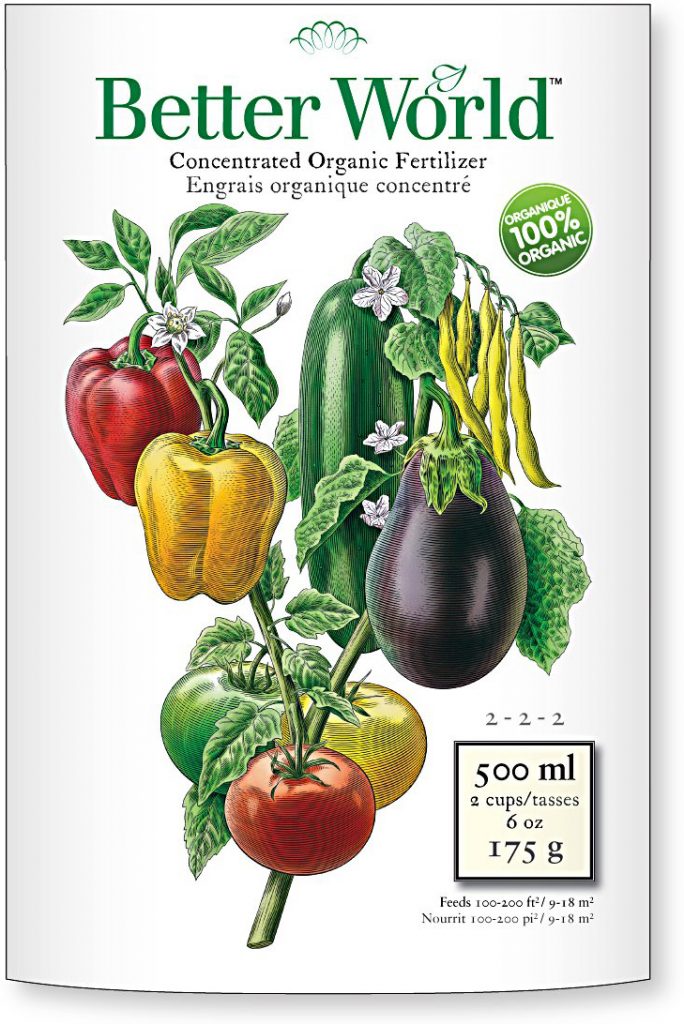
Better World Plant Food
This is a powdered fertilizer made of insect frass (more poop). It is nutrient-rich material that is the result of insect digestion, similar to how plants are nourished in nature. We add Better World directly into the planting hole at the time of planting for fruiting crops such as tomatoes, eggplant, cucumbers, peppers. This way, fruiting plants benefit from increased nutrients that they need to support higher production of flowers and thus vegetable yields. We add approximately 1 Tbsp. in each hole when planting fruiting plants such as tomatoes, peppers, or cucumbers, and gently mix a sprinkling into the soil surface later on, closer to plant maturity and harvest, for an added boost. We have seen the results first-hand, and it makes such a difference!
